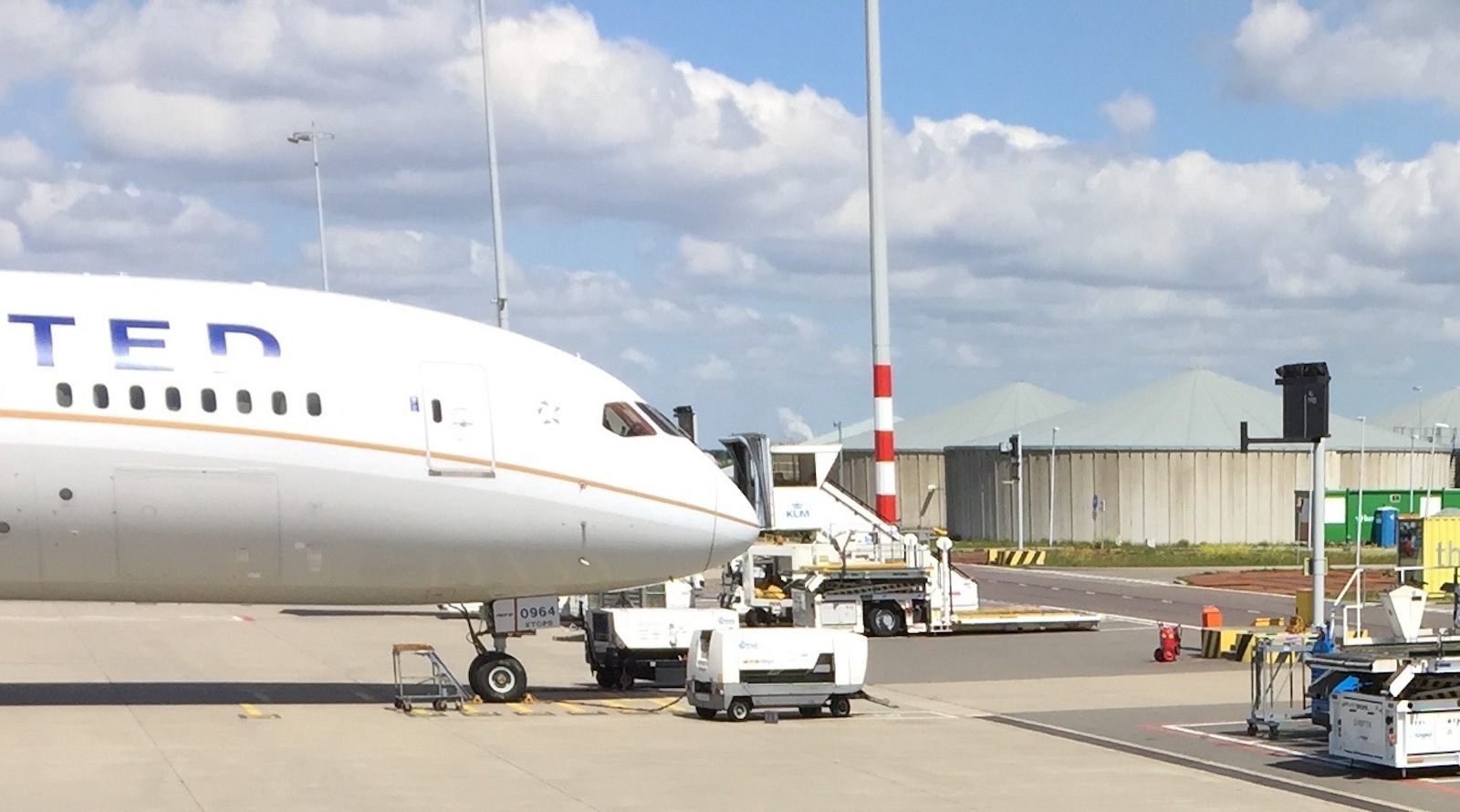Support CleanTechnica’s work through a Substack subscription or on Stripe.
Industry claims, often echoed by governments to justify airport expansion, that more flights benefit the economy, undermined by new research.
The first ever Europe-wide analysis investigating the link between the growth in air transport and economic growth has found industry claims that economic growth is driven by increased air connectivity, such as airport expansion, are deeply flawed.
The study from the New Economics Foundation, and commissioned by T&E, analysed 274 European regions and shows that the supposed link between air traffic growth and economic growth is weaker than commonly claimed. In 53% (143) of the regions analysed, much of Northern and Western Europe, the higher income of citizens drives increased air traffic, not the other way around. The analysis finds that air traffic growth is most often a consequence of prosperity, not the cause of it.
The research examines the evidence that air transport growth is driving economic growth across different regions using a statistical clustering technique. In regions of cluster 3 and 4 in the map above, the probability that air transport growth was driving economic growth was low or even negative. In regions of clusters 1 and 2 the probability was moderate.
“Allowing uncontrolled aviation growth isn’t just terrible climate policy, it is bad economic policy,” Denise Auclair, Head of T&E’s Travel Smart Campaign, says. “In large parts of Europe, the aviation industry claims that airport expansion and ever more flights bring economic growth are simply not supported by the evidence. It is a pure industry myth that air traffic growth automatically brings sustainable job growth and boosts the economy. Governments shouldn’t be swayed by these claims, which also ignore the negative consequences of air transport growth. ”
Saturation in highly connected regions
The study finds saturation in specific areas of Northern and Western Europe additional air traffic delivers diminishing or even negative economic returns – this is designated as “saturation” by the research. This is the case for regions in Belgium, the Netherlands, the UK, and Germany, where air travel is increasingly dominated by people holidaying abroad. Business travel has stagnated or declined over the past decade in most of North and Western Europe. Around three fourths of European countries have seen business passenger numbers decline as compared to pre-pandemic levels (2019-2024).
In spite of the decline in business trips, the industry claims that these regions, many of which are already saturated, will benefit from additional corporate travel. Air traffic growth through airport expansions is underway in Frankfurt and still planned in London Heathrow and Brussels, with economic growth used as an excuse for expansion. These expansions are unjustified given the findings of this new study and should be halted, T&E says.
“We need a wholesale rethink of Europe’s air transport strategy. Airport expansions and capacity decisions must be guided by up-to-date evidence, prioritising quality, environmental impact, and fairness over sheer numbers. Policymakers can no longer rely on outdated assumptions to judge aviation’s economic value,” says Dr Alex Chapman, senior Economist at the New Economic Foundation.
In traditional tourism destinations, many of which show stagnating business air travel, the link between air transport and economic growth is more complex. This is the case for countries like Spain, Italy, and Portugal. The report highlights that the drop in economic value from air tourism is shaped by key factors: visitors are staying for shorter periods in many destinations, the rise of informal accommodations has weakened traditional tourism infrastructure, while good land transport and domestic tourism provide lower-impact, valuable alternatives to flying.
The average length of stay in Southern European tourism destinations has dropped from 4.3 nights around the year 2000 to just 3.4 nights in 2023. This trend towards shorter holidays is increasing the transport costs share of tourist trip expenditure in Europe, and is reducing the value of each additional trip.
The report also highlights the lower environmental impact of road and rail when substituted for air transport in these regions. Well connected roads and rail can deliver similar economic benefits with fewer greenhouse gases.
Historically less well connected regions in Eastern Europe have an air transport/economic growth relationship similar to that described by researchers in Western Europe in the 1990s and early 2000s. Their lower level of development and connectivity, combined with growing business travel demand, leaves room to connectivity-led economic growth.
News release from T&E.
Sign up for CleanTechnica’s Weekly Substack for Zach and Scott’s in-depth analyses and high level summaries, sign up for our daily newsletter, and follow us on Google News!
Have a tip for CleanTechnica? Want to advertise? Want to suggest a guest for our CleanTech Talk podcast? Contact us here.
Sign up for our daily newsletter for 15 new cleantech stories a day. Or sign up for our weekly one on top stories of the week if daily is too frequent.
CleanTechnica uses affiliate links. See our policy here.
CleanTechnica’s Comment Policy


